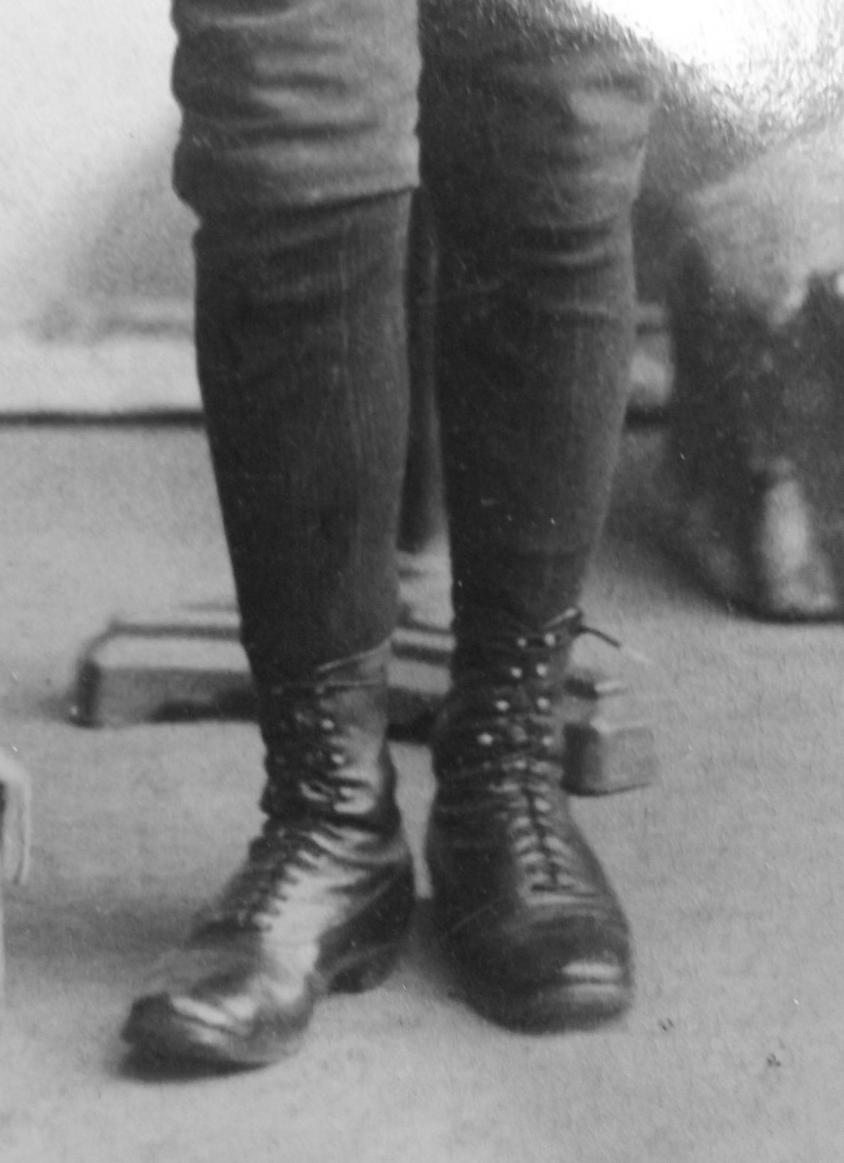
Figure 1.--Some photographs show lace ups at the bottom and a different methods at the top. The top portion may be hooks rather than laces. This is a portarit from the 1890s. |

|
There were different ways of closing high-top shoes. We notice different ways of closing high-top shoes. Available photographs provide an invaluable record of both types as photography was invented was invented just before high tops shoes were introduced. And while long pants and long shoes often covered up much of the footwear worn by adulys, the shortened pants and skirts worn by children provide a much clearer record of both types of high-top shoes.The pgotographs are not always clear enough to show the closing method, but many are. The two major methods were lace ups and buttons. Laces and eylets had been used for some time. Lacing and buttoning high-tops seems rather tedious. They made for sturdier footwear than what was worn earlier in the 19th century. A high button featured a row of small buttons that fastened an extra flap of leather over the front of the shoe. Due to the buttons being so small in size and many in number, a button hook was used to assist putting on and taking off the shoes. Button shoes appeared about 1870s and were worn into the 1910s. The invention of a specialized sewing machine enable manufacturers to attach buttons with more ease and at a faster rate needed for mass production. The button shoes this became a fashionable style. Some photographs show lace ups at the bottom and a different methods at the top. The top portion may be hooks rather than laces. We are at this time still just beginning to develop information on the closing methods. Hopefully HBC readers can provide more information here. Both types were worn by both boys and girls as well as adults. Both came in many different styles and some different colors. We have not yet done much work on high-top shoes, but it is an important topic as they were very commonly worn by American boys in the late-19th century and early-20th century.
Available photographs provide an invaluable record of both types as photography was invented just before high tops shoes were introduced. And while long pants and long shoes often covred up much of the footwear worn by adults, the shortened pants and skirts worn by children provide a much clearer record of both types of high-top shoes.The photographs are not always clear enough to show the closing method, but many are.
The two major methods were lace ups and buttons. Lacing and buttoning high-tops seems rather trdious.
They made for sturdier footwear than what was worn earlier in the 19th century.
Laces and eylets had been used for some time. The system used for high-tops was that there were just more eyelets and longer laces. Some photographs show lace ups at the bottom and a different methods at the top. The top portion may be hooks rather than laces. Hooks at the top of the series of eyelest are still used for fastening high-top shoes. A reader writes, "When I was a child in the 1940s I remember that my mother had a button hook included in her vanity set. She said it was for loosening the buttons on shoes. I never saw one in operation until I saw the wonderful movie 'In the Good old Summer Time' with Van Johnson and Judy Garland. One of the actors actually used the hook to unfasten the buttons."
A high button shoe featured a row of small buttons that fastened an extra flap of leather over the front of the shoe. Due to the buttons being so small in size and many in number, a button hook was used to assist putting on and taking off the shoes. Button shoes appeared about 1870s and were worn into the 1910s. The invention of a specialized sewing machine enable manufacturers to attach buttons with more ease and at a faster rate needed for mass production. The button shoes this became a fashionable style.
Both types of high-top shoes were worn by both boys and girls as well as adults, especially in the 19th century. All the laces and buttons did not make it easy for little ones just learning to bdress thermselves, so they needed help. As they lace-ups, which survived a little longer than button shoes began to go out of style in the 1920s they seemn to have necome more of a children's shoes, especially a boys' shoes. Both came in many different styles and some different colors.
Navigate the Boys' Historical Clothing Web Site:
[Return to the Main U.S. high-top shoe page]
[Return to the Main U.S. country shoe type page]
[Return to the Main U.S. country shoe page]
[Return to the Main U.S. country footwear type page]
[Return to the Main U.S. country garment page]
[Introduction]
[Activities]
[Biographies]
[Chronology]
[Clothing styles]
[Countries]
[Bibliographies]
[Contributions]
[FAQs]
[Glossary]
[Images]
[Links]
[Registration]
[Tools]
[Boys' Clothing Home]
